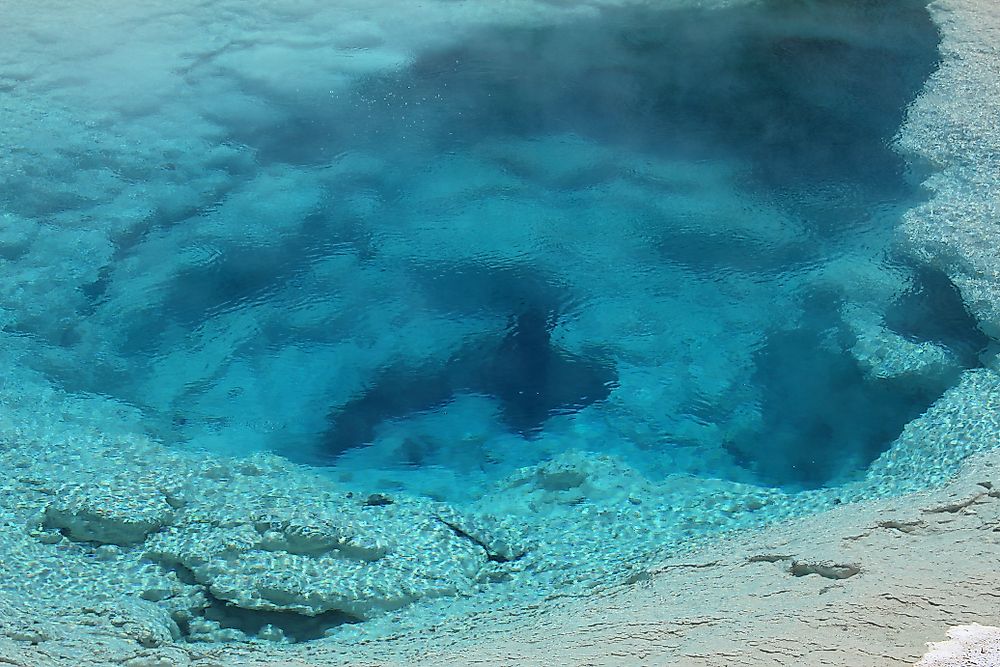What Animals Live In A Hydrothermal Vent?

Hydrothermal vents refer to volcanic fissures typically found at the floor of the sea which gives out water heated by geothermal energy. Generally, they are found in regions with active volcanoes and where two tectonic plates are drifting away from each other. Hydrothermal deposits are formed when minerals and other rocks are deposited along with the vents. The presence of hydrothermal vents is as a result of geologically active regions of the Earth's crust. Hydrothermal vents could form features such as white smokers or black smokers. Compared to other deep-sea regions, hydrothermal vents have a more vibrant and productive life hosting a complex of communities of deepwater organisms, which are supported by chemicals dissolved in the fluids within the vent. The base of the food chain in a hydrothermal ecosystem includes the Archaea and chemosynthetic bacteria, which in turn support other organisms such as shrimp, limpets, clams, and worms. Other celestial bodies such as Enceladus, a moon of the planet Saturn, and Europa the moon of the planet Jupiter, are believed to have active hydrothermal vents. It is also thought that hydrothermal vents existed on the planet Mars.
Characteristics of Hydrothermal Vents
Hydrothermal systems located in the deep oceans are formed along the mid-ocean ridges. These regions have two tectonic plates drifting apart, resulting in the formation of a new crust. The water coming out of the hydrothermal vent at the seafloor consist mainly of the seawater which has been sucked into the system through the porous sediments and faults or the volcanic strata, while others could be the water from the magma. The sources of most water in terrestrial hydrothermal vents are groundwater and meteoric water from the surface which has infiltrated into the hydrothermal system, and it is circulated within the geyser and fumaroles.
Distribution of Hydrothermal Vents
Hydrothermal vents are found in various parts around the world, but they are mainly along the plate boundaries, and in some instances, they could be found at intraplate regions like the hot spot volcanoes. By 2009 there were about 500 submarine hydrothermal vents which had been identified and about half of them were officially observed at the seafloor. There are 11 biogeographic regions of hydrothermal vents, and they include Central East Pacific Rise province, North East Pacific Rise province, South East Pacific Rise province, East Scotia Ridge province, Mid-Atlantic ridge province, Indian Ocean province, South Easter Microplate, and four provinces in West Pacific.
Conservation of Hydrothermal Vents
Conservation of these unique and rare habitats of hydrothermal vents has been a subject of debate for a long time among the oceanographers. It has been noted that the scientists are the ones causing most of the damage to these fragile habitats under the sea. Numerous attempts have been made to come up with agreements to guide the activities of scientists while they are investigating the hydrothermal vents and its environment, and there has been agreed general code of practice, but there has been no formal binding or legal agreement for all scientists undertaking studies of hydrothermal vents.











